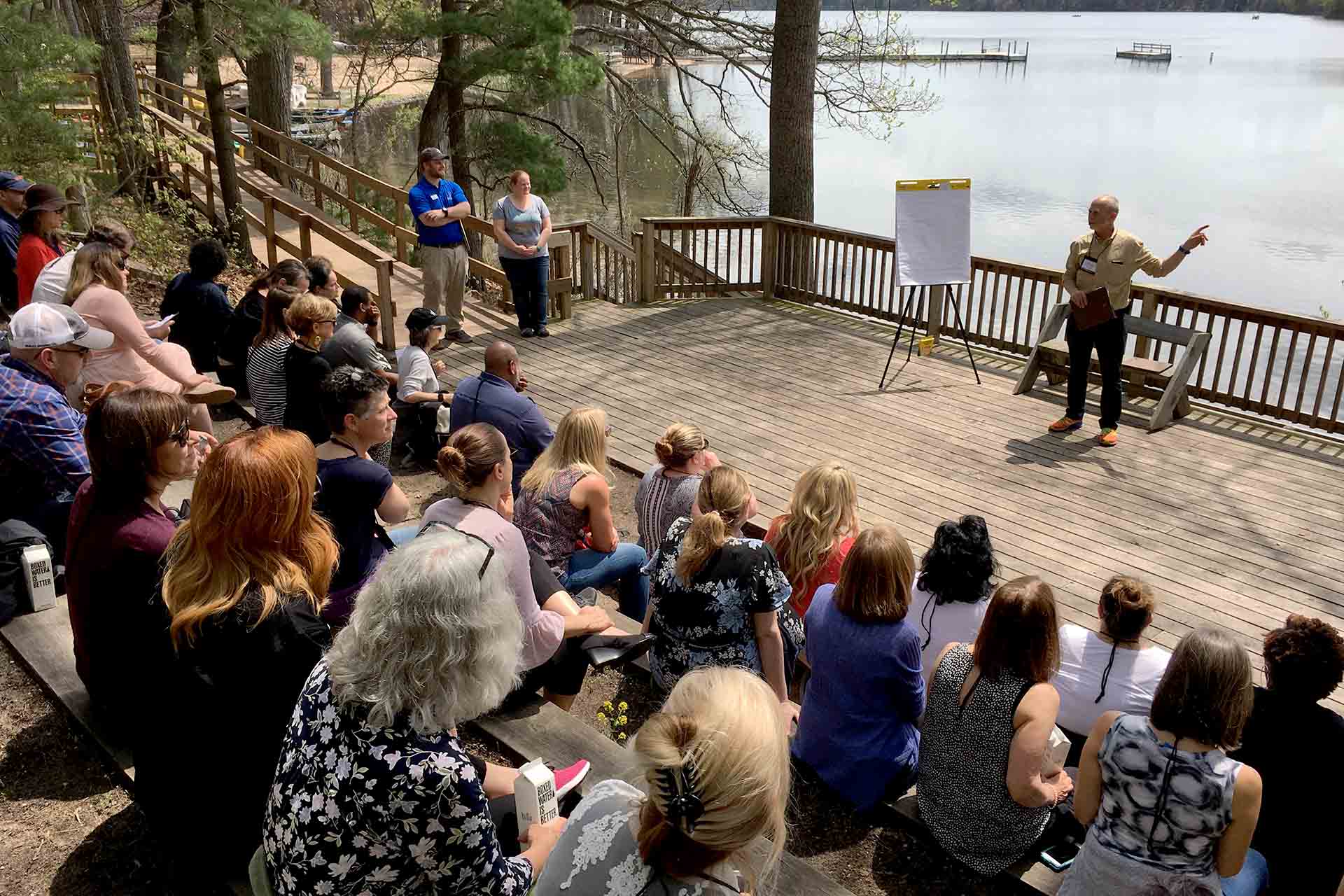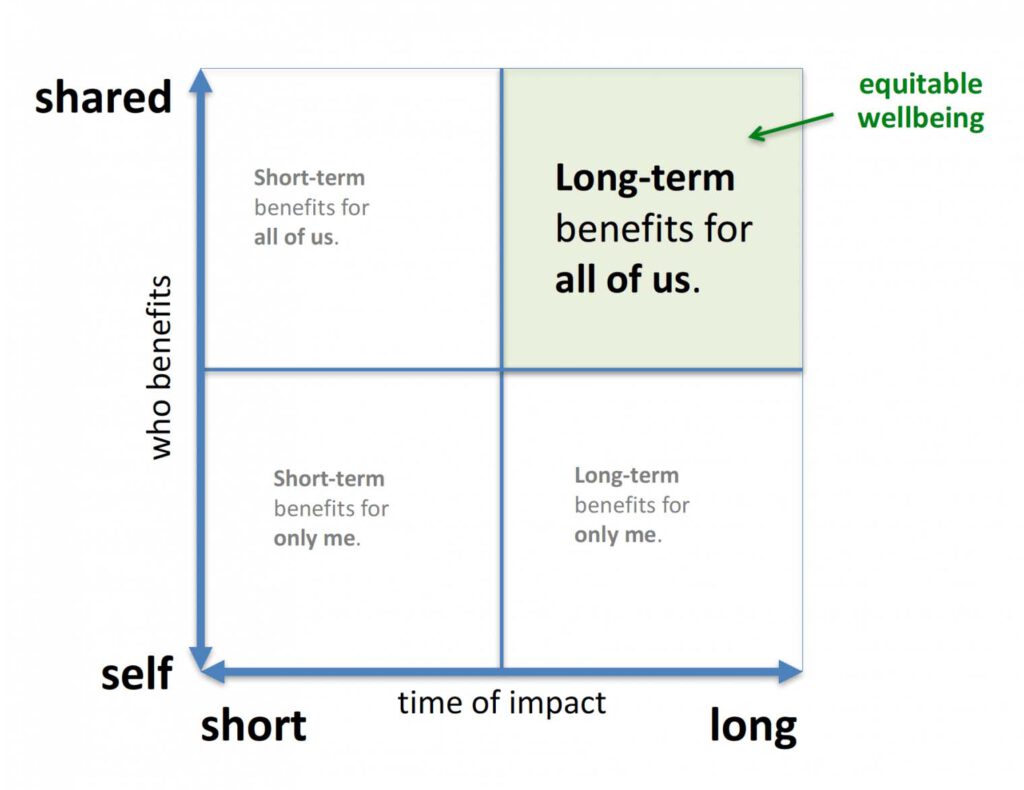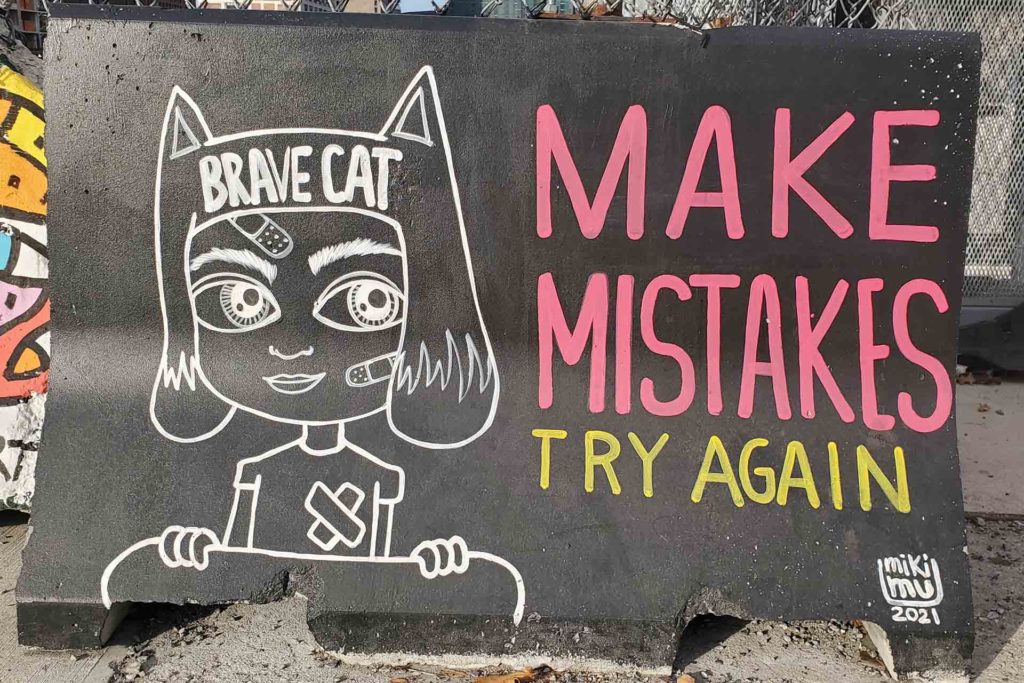Our Mission
Equitable wellbeing happens when everyone has a fair and just opportunity to construct a life well-lived and contribute to our common good. Short-term thinking does the opposite, because people, institutions and systems pit their immediate self-interest over the long-term, equitable wellbeing of all.
To address these issues, we worked towards two major outcomes:
- Improve Equitable Wellbeing: Wellville supported five US communities (the “W5”) as they improved equitable wellbeing through effective, shared investments that have long-term benefits for all.
- Influence National Action: By showcasing evidence and actions in the W5, Wellville influenced how our nation invests in its people, institutions and systems to achieve equitable wellbeing for all Americans for generations to come.



